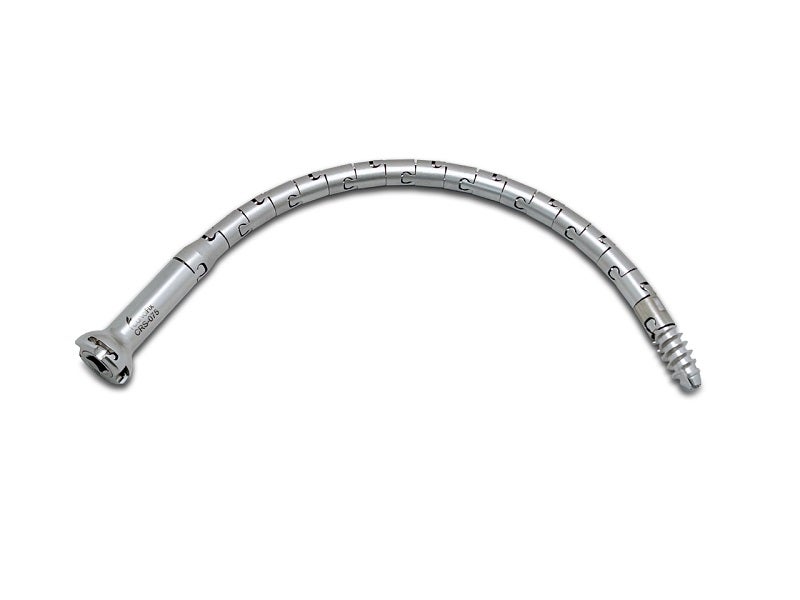
CurvaFix has obtained 510(k) clearance for its smaller-diameter CurvaFix IM Implant from the US Food and Drug Administration (FDA).
The new 7.5mm CurvaFix IM Implant has been designed to simplify surgery and offer strong and stable curved fixation of pelvis fractures in smaller patients.

Discover B2B Marketing That Performs
Combine business intelligence and editorial excellence to reach engaged professionals across 36 leading media platforms.
Clinical case reports have shown that the device offers pelvic fracture fixation that follows the natural curvature of a patient’s bone shape and fills the space in the pelvis.
This results in immediate pain relief as well as earlier mobility, which improves patient recovery.
With a quick, repeatable, easy and minimally invasive procedure, the CurvaFix IM Implant simplifies pelvic fracture fixation surgery.
The device has been demonstrated to address several challenges in pelvic fracture fixation, such as curved superior rami and dysmorphic sacra.

US Tariffs are shifting - will you react or anticipate?
Don’t let policy changes catch you off guard. Stay proactive with real-time data and expert analysis.
By GlobalDataAdditionally, the CurvaFix IM Implant provides strong fixation in weak bone with a minimally invasive procedure and allows surgeons to address fragility fractures of the pelvis (FFP) challenges in geriatric patients.
The device has a threaded, self-tapping distal end as well as a proximal end for driving torque.
It also has a patented lock feature that converts the flexible implant to a rigid state for implanting, stabilising and repairing a bone fracture.
CurvaFix CEO Steve Dimmer said: “With this latest FDA clearance, we are able to offer surgeons the CurvaFix Implant in two diameters, 7.5mm and 9.5mm, and in lengths ranging from 90mm to 180mm.
“Surgeon feedback from our first year of commercialisation has told us that a device for pelvic fractures in narrow, curved pelvic corridors was also needed.
“Both smaller high-impact trauma patients and petite fragility fracture patients should benefit from this new, sleeker, curved implant.”
According to the company, there are more than 186,000 patients hospitalised for pelvic fractures in the US each year.





